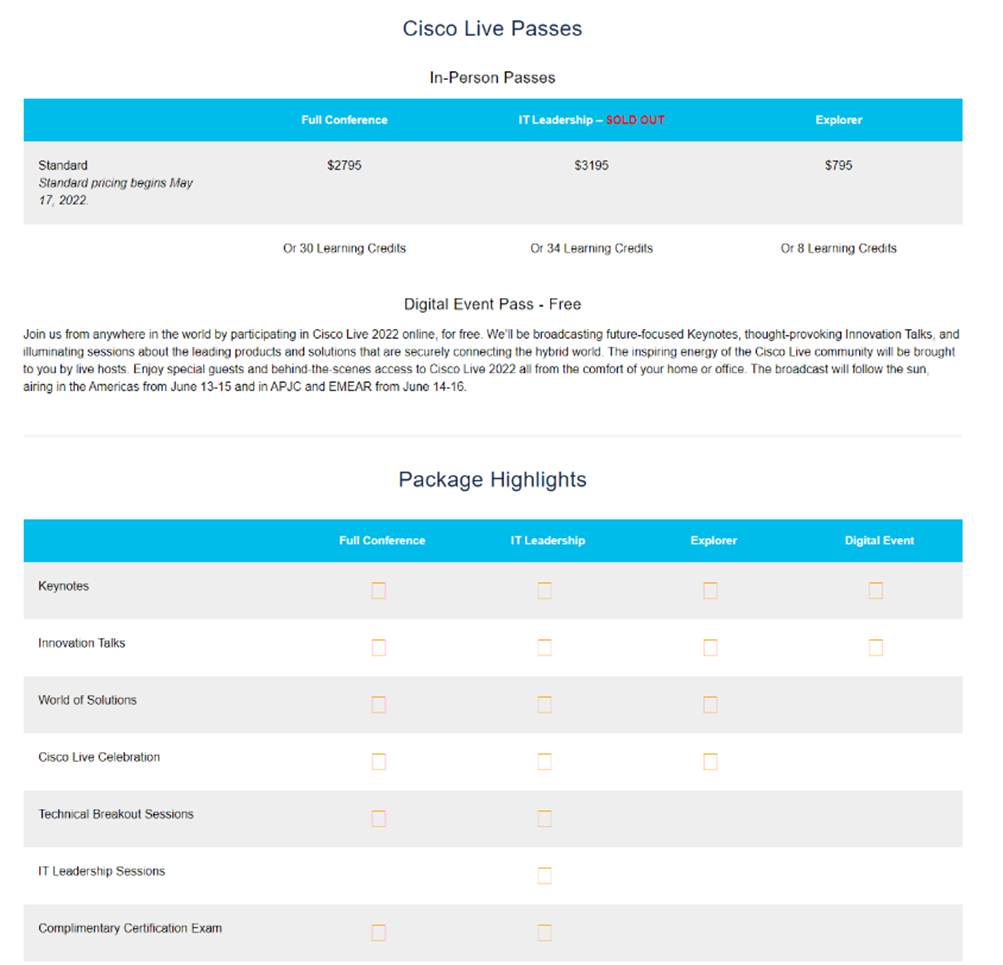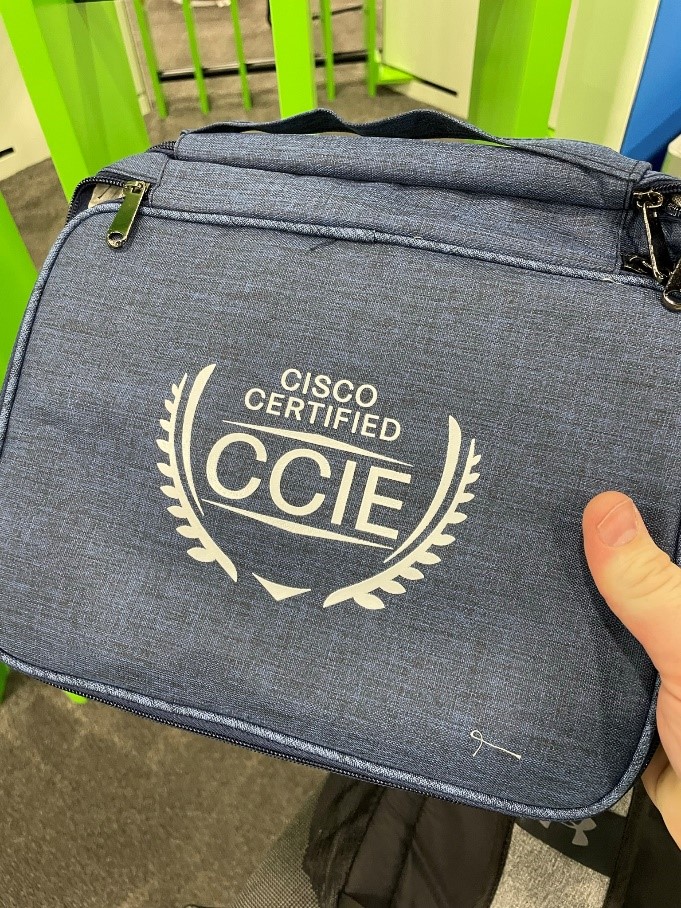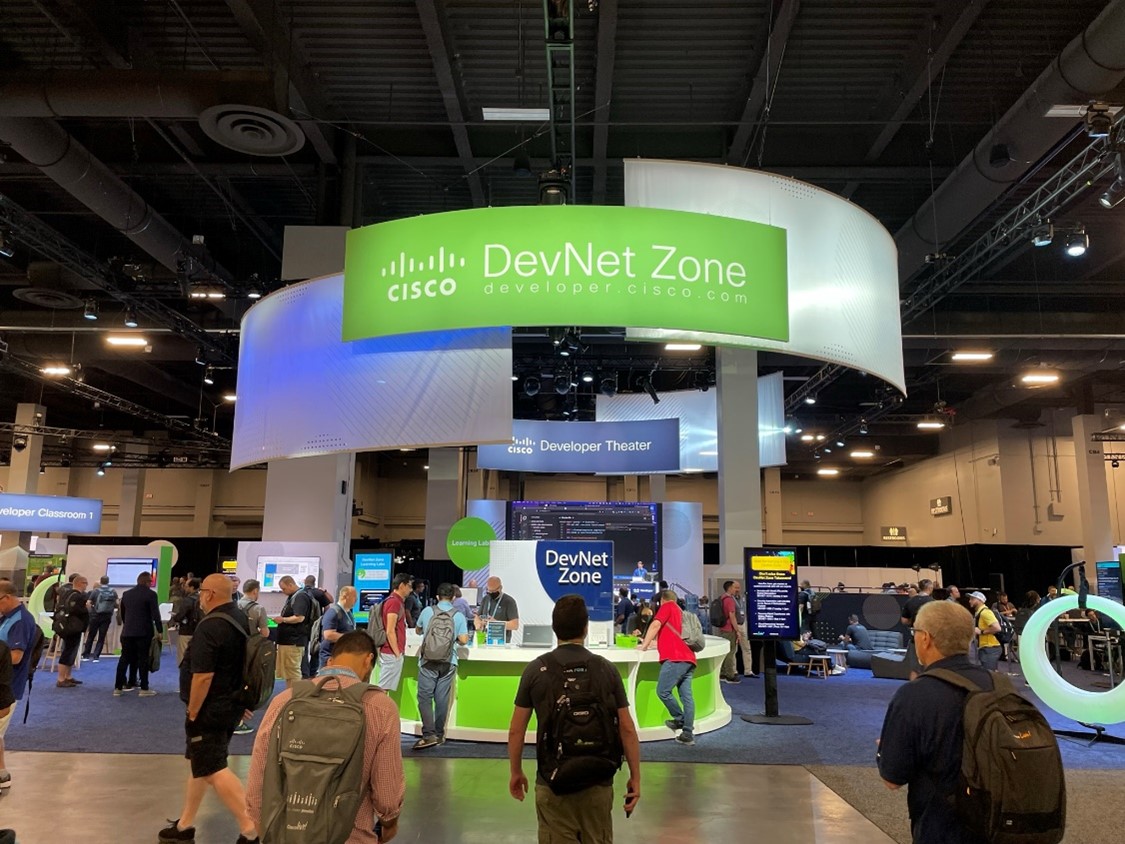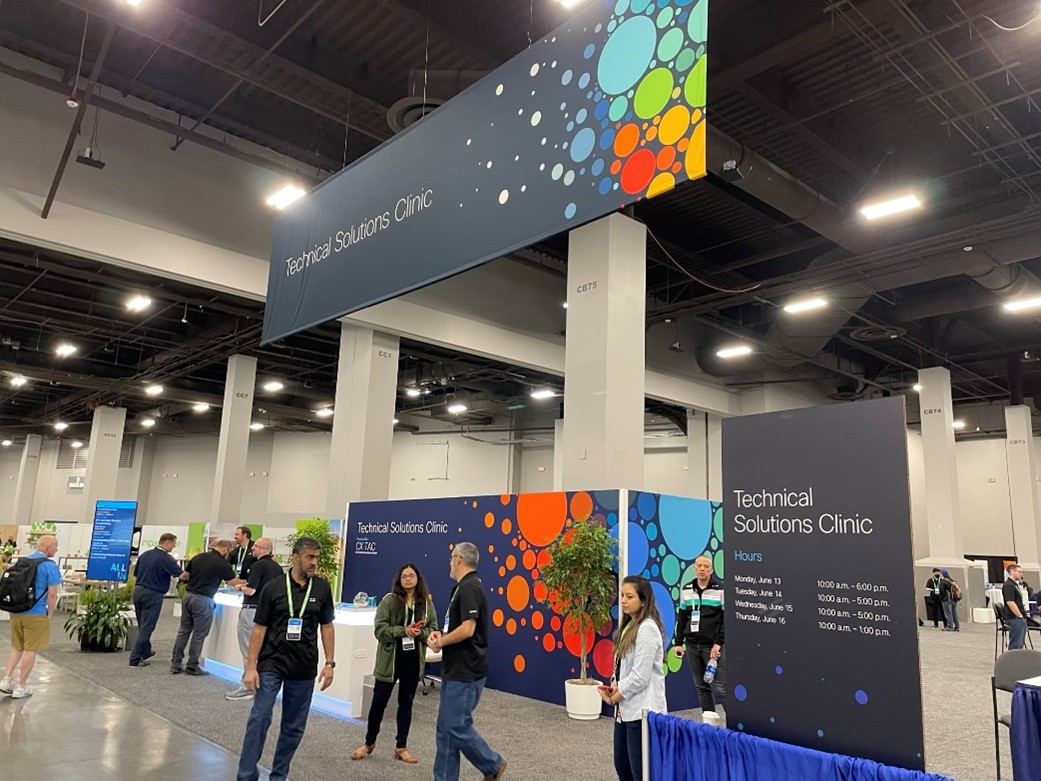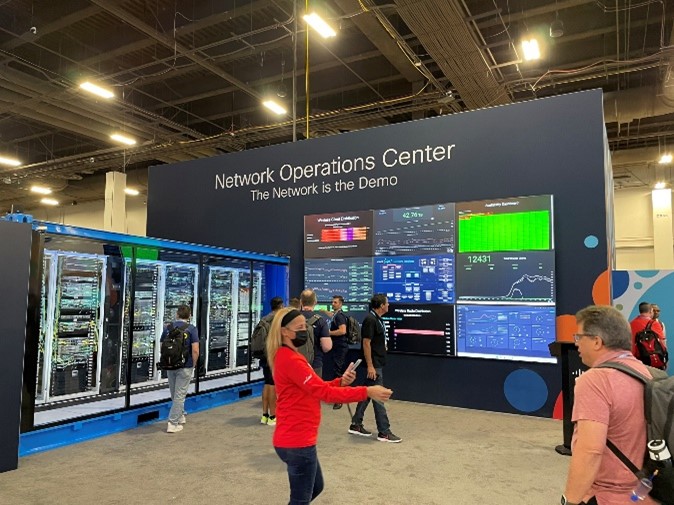Regardless of what email platform your organization is operating on, email plays a critical role in your company. It is a recommended best practice to ensure that you’re properly authenticating your email messages. If not addressed your email can be flagged as spam or not be delivered to its desired destination. There are three standards of email authentication. In this blog, we’ll dive into each one of these components of email authentication and explain why they are important to your business.
The Importance of Email Authentication
Email Authentication at its simplest form is the process or action of proving or showing that your email is genuine and from a trusted source. This is done through SPF, DKIM, and DMARC. These three email standards provide validation that an email is genuine and that it’s coming from who it claims to be from.
- Sender Policy Framework or SPF
This email standard specifies the servers and domains that are authorized to send email on behalf of your organization.
- DomainKeys Identified Mail or DKIM
This email standard adds a digital signature to every outgoing message, which lets receiving servers verify the message came from your organization.
- Domain Message Authentication Programming or DMARC
This email standard provides you with the ability to tell receiving servers what to do with outgoing messages from your organization that don’t pass SPF or DKIM.
The two primary email authentication protocols that help validate that an email message comes from who it claims to come from are SPF and DKIM. Stacked on top of these two protocols is DMARC. DMARC uses SPF and DKIM and provides a set of instructions to receiving email servers with what to do if they receive unauthenticated mail.
Why Does Email Authentication Matter?
The current state of email security, spam, and phishing messages exists in volumes, and it doesn’t seem to be slowing down. Due to the number of phishing and spam attempts, it is especially important that your messages are authenticated. Essentially, email authentication will help Mailbox Providers (MBPs) and spam filtering systems recognize your emails as legitimate.
What is Sender Policy Framework (SPF)?
Sender Policy Framework (SPF) is an authentication protocol that lists IP addresses in a DNS TXT record that are authorized to send email on behalf of domains. SPF is a form of email authentication that defines a process to validate an email message that has been sent from an authorized mail server in order to detect forgery and to prevent spam. The owner of a domain can identify exactly which mail servers they are able to send from with SPF protocols.
When you send an email, the recipient’s email system will check to see if there is a published SPF record and will validate the following:
- If a valid SPF record exists and your sending IP is on the list, then it is given the greenlight.
- If the sending IP is not on the list, then the SPF check will fail and could either be rejected or placed in the spam folder.
There are some limitations when it comes to the validation of the message source. SPF also breaks when a message is forwarded and does not protect brands against bad actors who can spoof the display name or Friendly-From address. Don’t lose sleep over these limitations because they are the main reasons why DKIM was created.
What is DomainKeys Identified Mail (DKIM)?
DKIM acts as your digital ID to verify who you are. When you send an email, your mail platform attaches DKIM so the receiving mail platform can verify that it is you. This is done by using an encrypted key pair (one public in DNS and one private) to add a digital signature to every email message.
Receiving email servers use this DKIM signature to both validate the authenticity of the sender and to identify if the message was changed or altered during transit. DKIM-signed messages provide Mailbox Providers (MBPs) with trust that the message is authentic and is not being spoofed.
If DKIM and SPF fail, then senders can rely on DMARC. DMARC leverages both SPF and DKIM and provides instructions from the domain owner about what to do in the event there is an unauthenticated email.
What is Domain-Based Message Authentication, Reporting, & Conformance (DMARC)?
Domain-based Message Authentication, Reporting & Conformance (DMARC), is the third and final email authentication policy. It helps domains in handling spoofing and phishing attacks by preventing unauthorized use of the domain in the Friendly-From address of email messages.
DMARC allows the domain owner to specify how unauthenticated messages should be addressed. This is done by what is known as a “policy” that is set in the DMARC DNS record. The policy can be configured with three options: NONE, QUARANTINE, and REJECT.
The R in DMARC is for the Reporting component of the protocol. These reports allow the domain owner to see where all email using their domain in the From address is being sent from.
Next Steps: Out with the Spam & In with the… Emails You Actually Need
Any email user knows that spam and phishing attempts are a daily occurrence. A quick peek into your spam or junk email folder might surprise you.
As email is an easy vehicle for malicious actors to send ransomware and malware attempts, it’s not surprising that 75% of cyber-attacks are launched via email. On the other hand, legitimate emails that end up in the spam folder can be a fundamental problem.
As email remains vital to conducting business (and personal lives), email authentication has become a necessity. With the right authentication standards in place, your mailbox provider will be able to identify and block spam and ensure legitimate emails are delivered appropriately.
To learn more about email authentication standards or to review your current email configuration, contact your Arraya account executive today.
Visit https://www.arrayasolutions.com//contact-us/ to connect with our team now.
Comment on this and all of our posts on: LinkedIn, Twitter and Facebook.
Follow us to stay up to date on our industry insights and unique IT learning opportunities.






